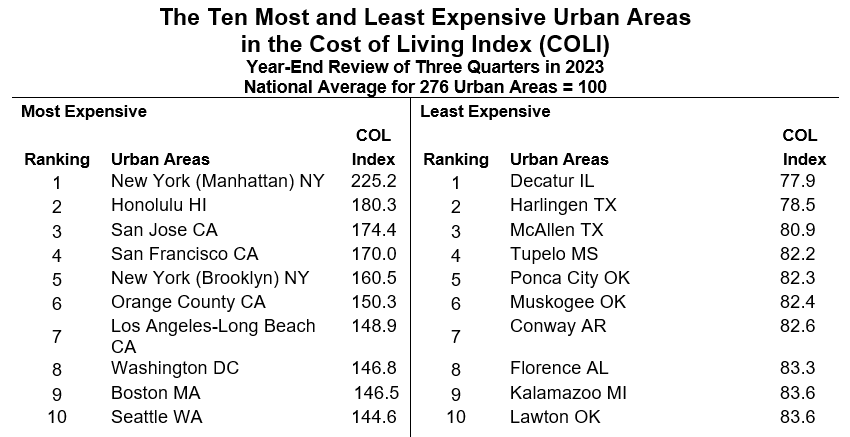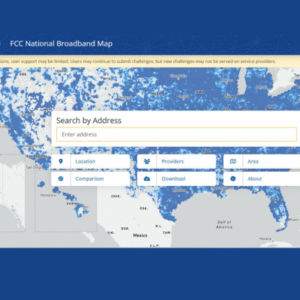2023 Cost of Living
The Cost of Living Index (COLI) measures relative price levels for consumer goods and services in participating areas. The average for all participating places, both metropolitan and nonmetropolitan equals 100 and each participant’s index is read as a percentage of the average for all places. It is important to note that the COLI Index is not a good indicator of inflation or deflation since the index is a relative measure. For a more accurate representation for inflation see CDRPC’s Consumer Price Index (CPI) and Producer Price Index (PPI) Index.
Since CDRPC’s last COLI update in Quarter 1 (Q1) of 2023, the cost of living index in the region has fluctuated in all categories. From Q1 to Q4 there were decreases in Misc. Goods and Services, Housing, Composite Index, Transportation and Healthcare. There were increases in Utilities and Groceries from Q1 to Q4.
From Q1 2023 to Q4 2023 the index cost in the Capital Region changed as followed:
- Utilities decreased by 0.10%
- Transportation decreased by 0.10%
- Housing decreased by 0.96%
- Health Care decreased by 2.41%
- Composite index decreased by 0.68%
- Grocery Items increased by 1.48%
- Goods and Services decreased by 1.03%
National Rankings
In comparison to Q1 of 2023, San Jose CA has secured the number three spot for the most expensive urban area, displacing San Diego CA to the tenth spot for most expensive urban area. Meanwhile, Decatur, IL has climbed from second to first spot for least expensive urban area to live in, with a COLI Index of 77.9.
Source: The Council For Community and Economic Research (C2ER)
Comparison to Peer Communities
One of the benefits of using the COLI index is that it makes it possible to compare changes across the country. CDRPC determined peer communities in the 2015 Capital Region Indicators Report. These communities were selected on the criteria that they are within 40% of the Albany-Troy-Schenectady MSA or if they contain a state capital.
In Q4, the majority of the selected peer communities experienced below-average indices across most categories, with Des Moines, Baton Rouge, LA, and Buffalo MSA, NY recording the lowest values. In contrast, Albany-Schenectady-Troy reported higher values than the average in most categories. Notably, Hartford, CT displayed a significant deviation from the average in the Utilities category, with an index of around 126.0, making it the highest among these metro areas. Housing in Des Moines MSA, IA, on the other hand, stood well below the average with an index of approximately 70.0. Utilities in Baton Rouge, LA also stood well below the average with an index of approximately 73.0.




